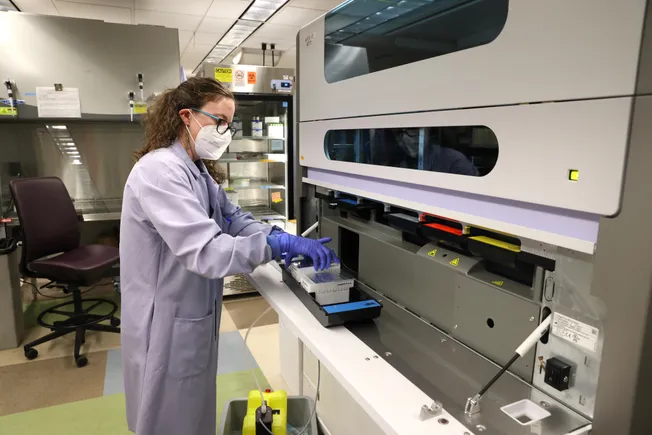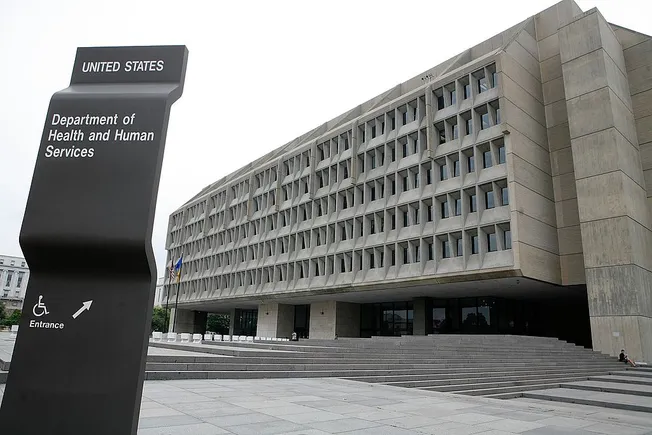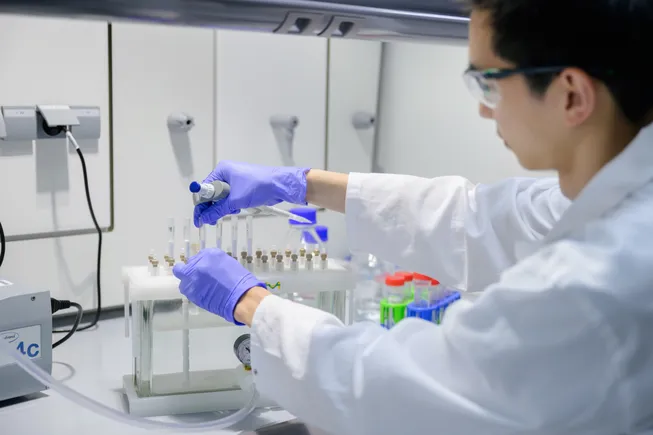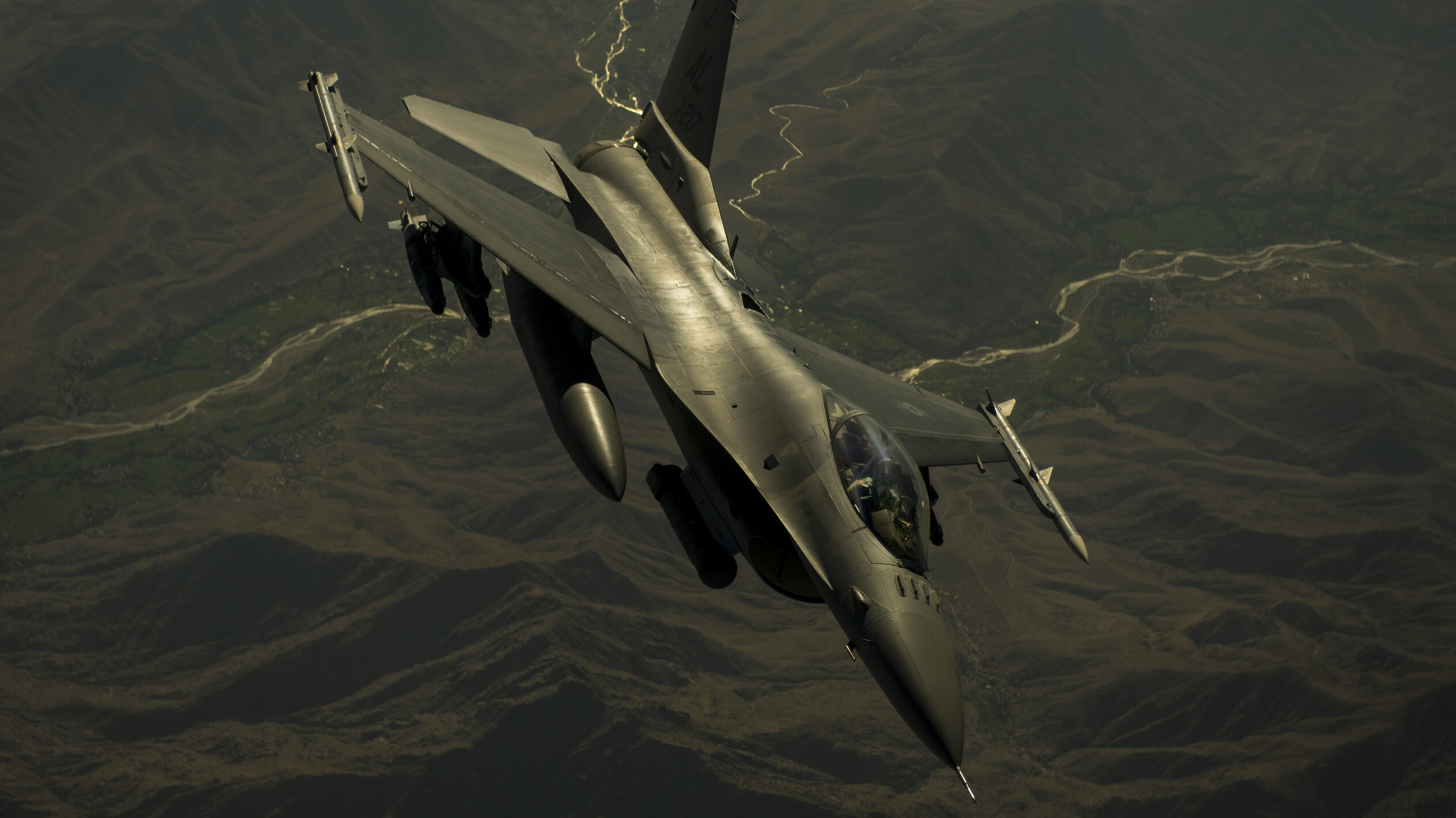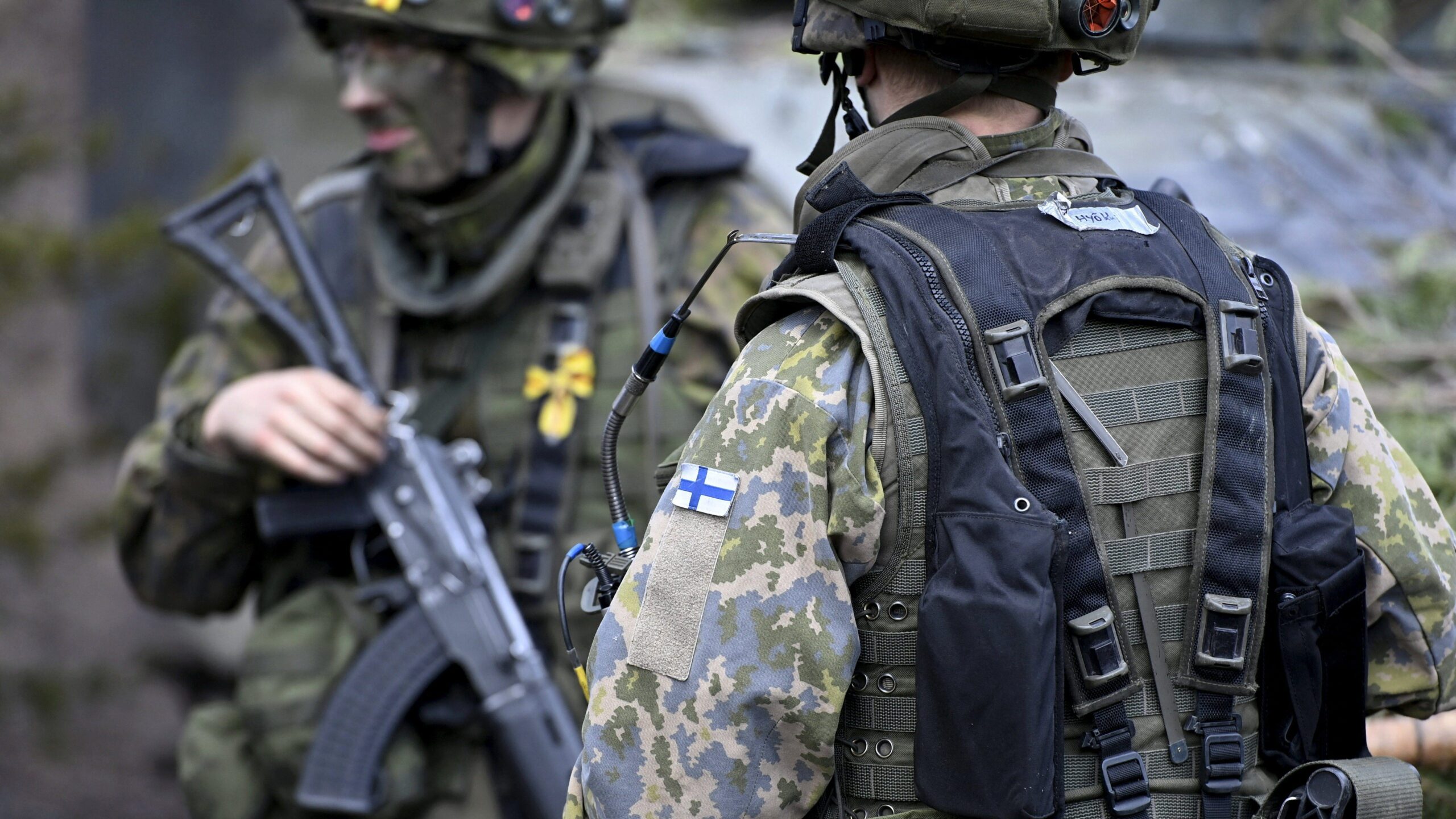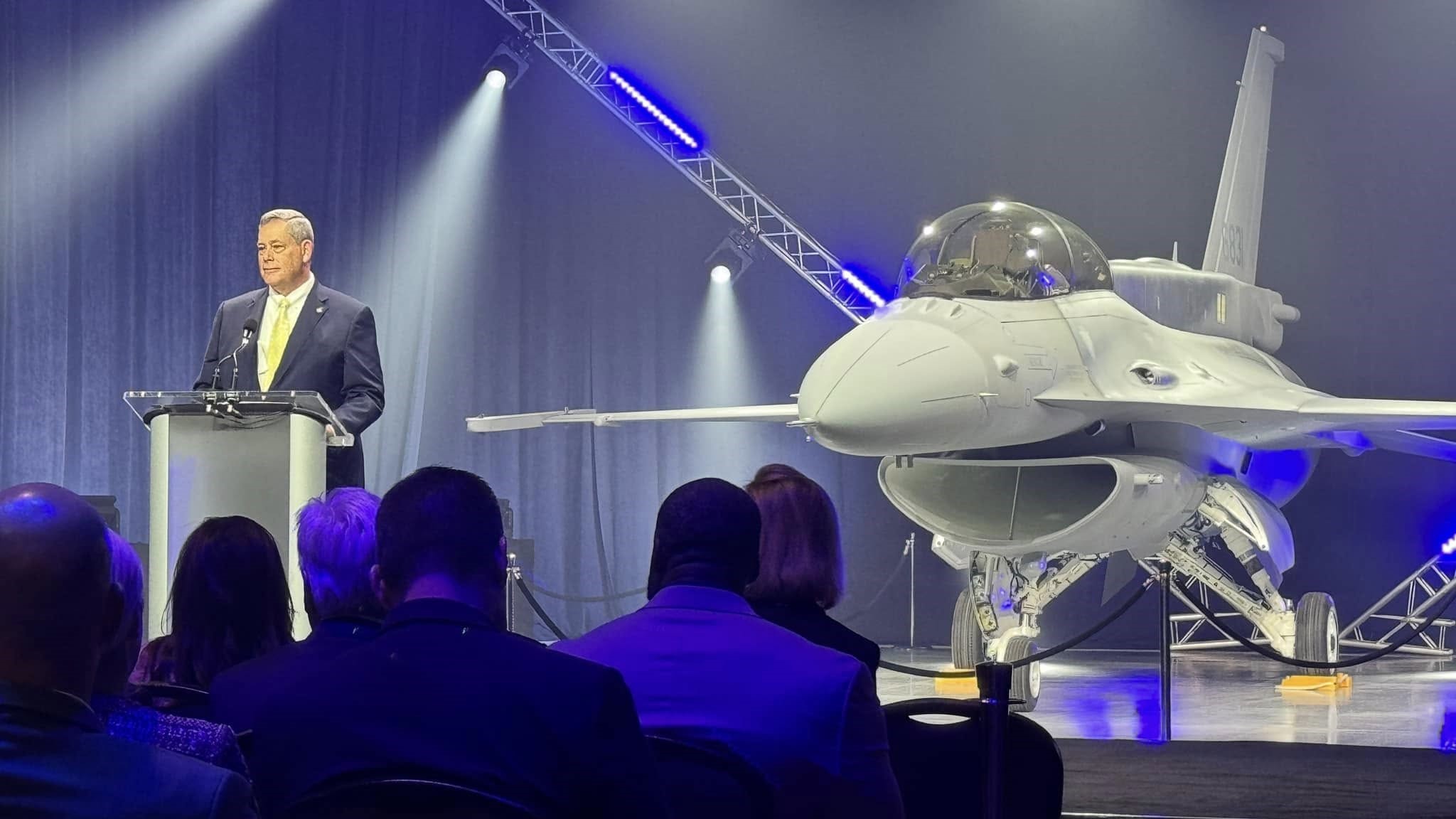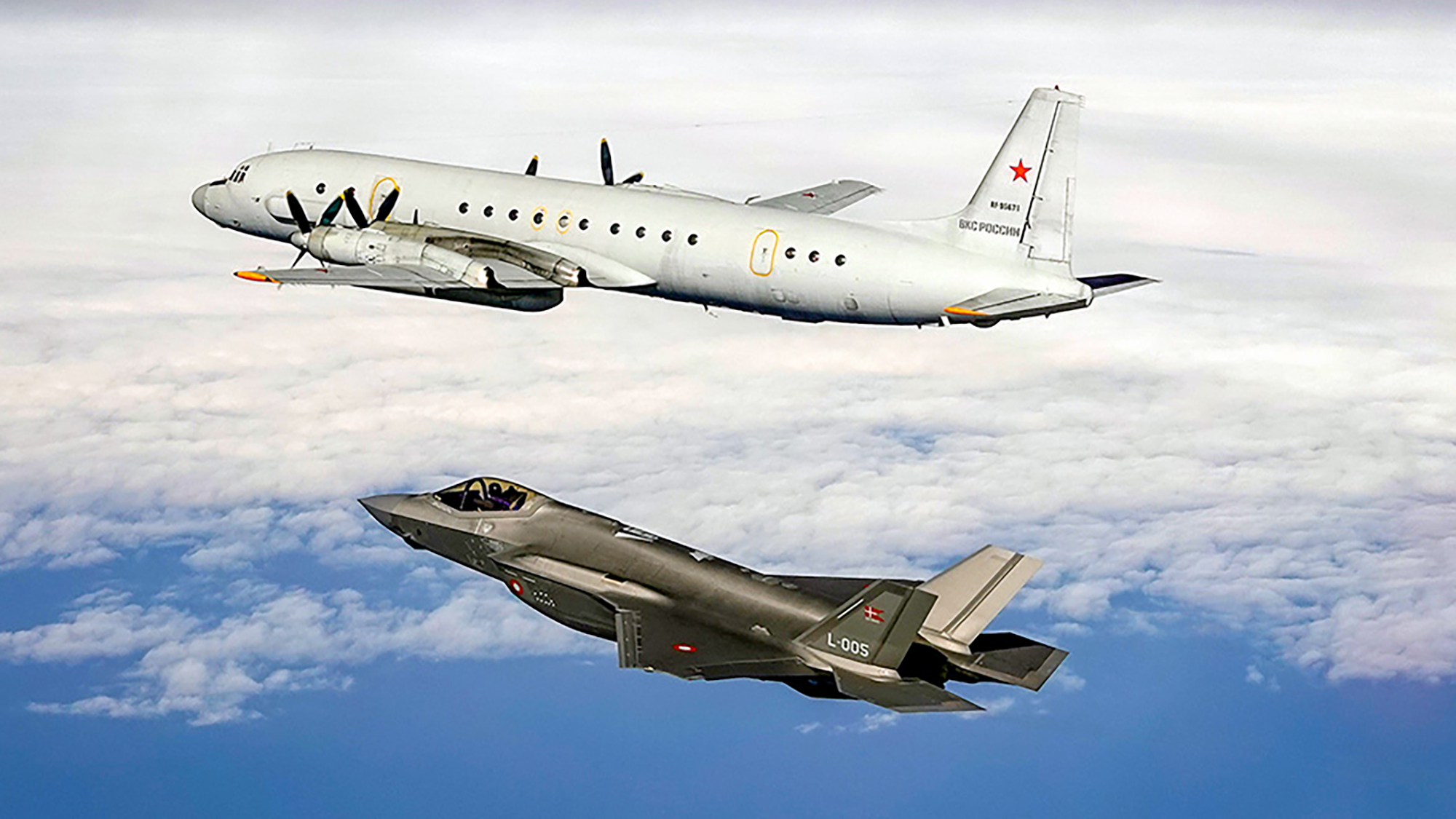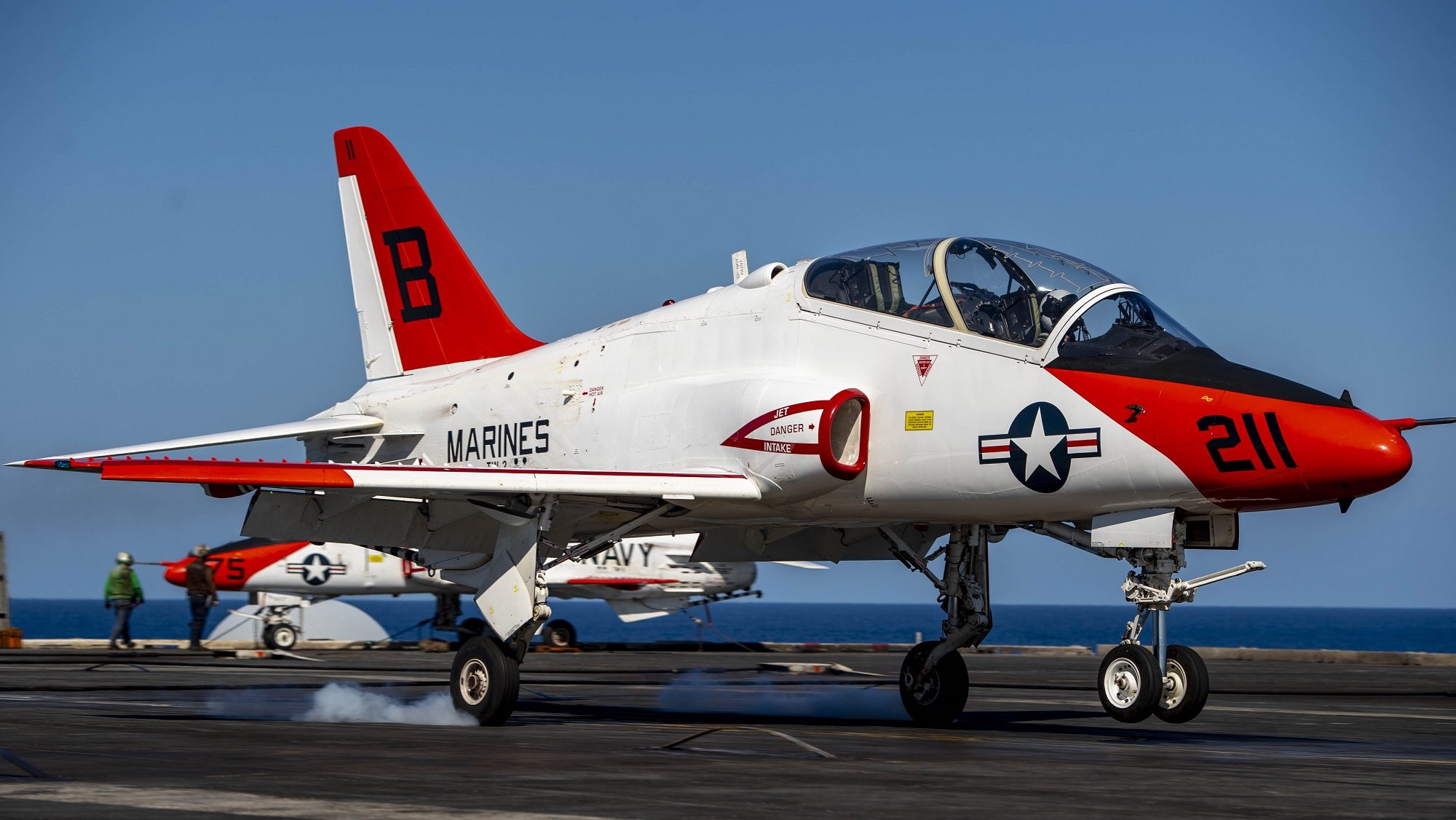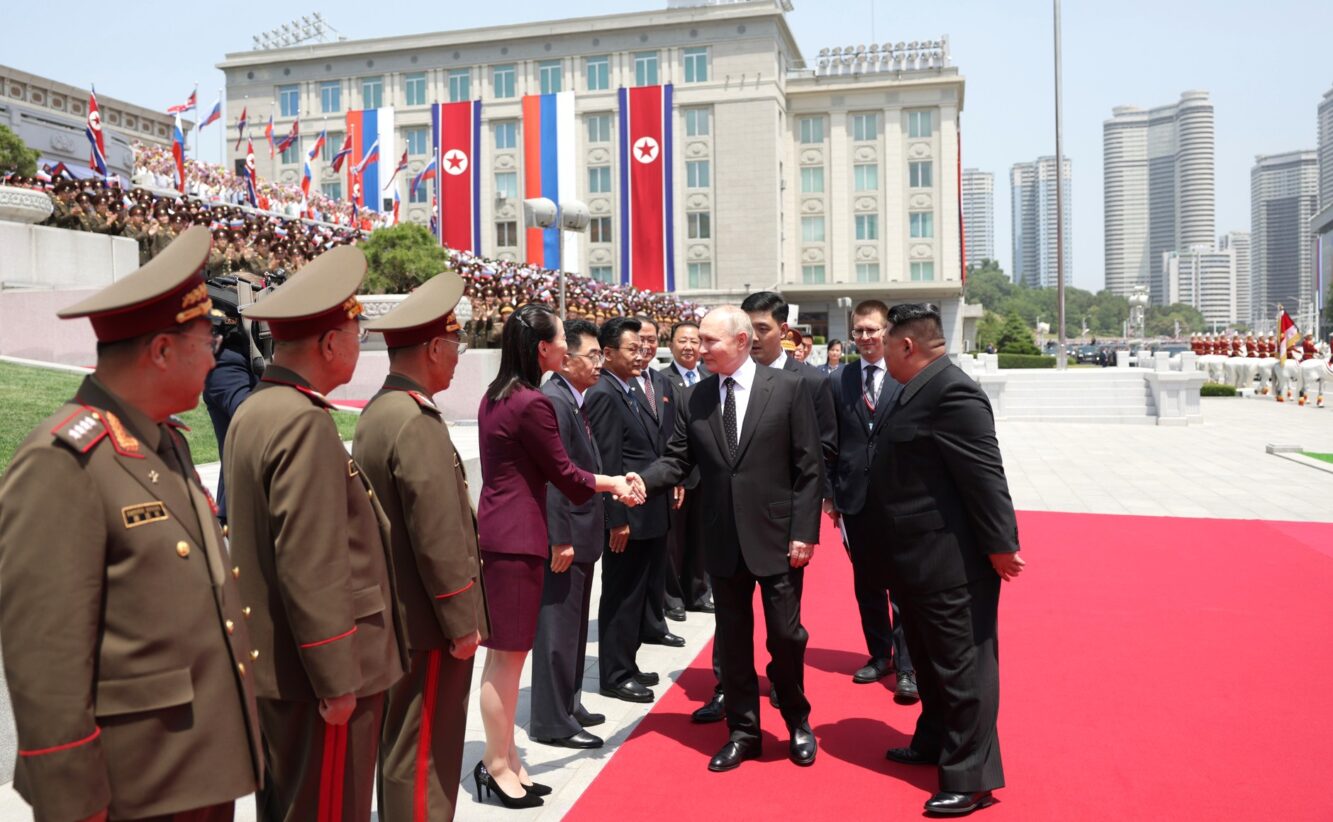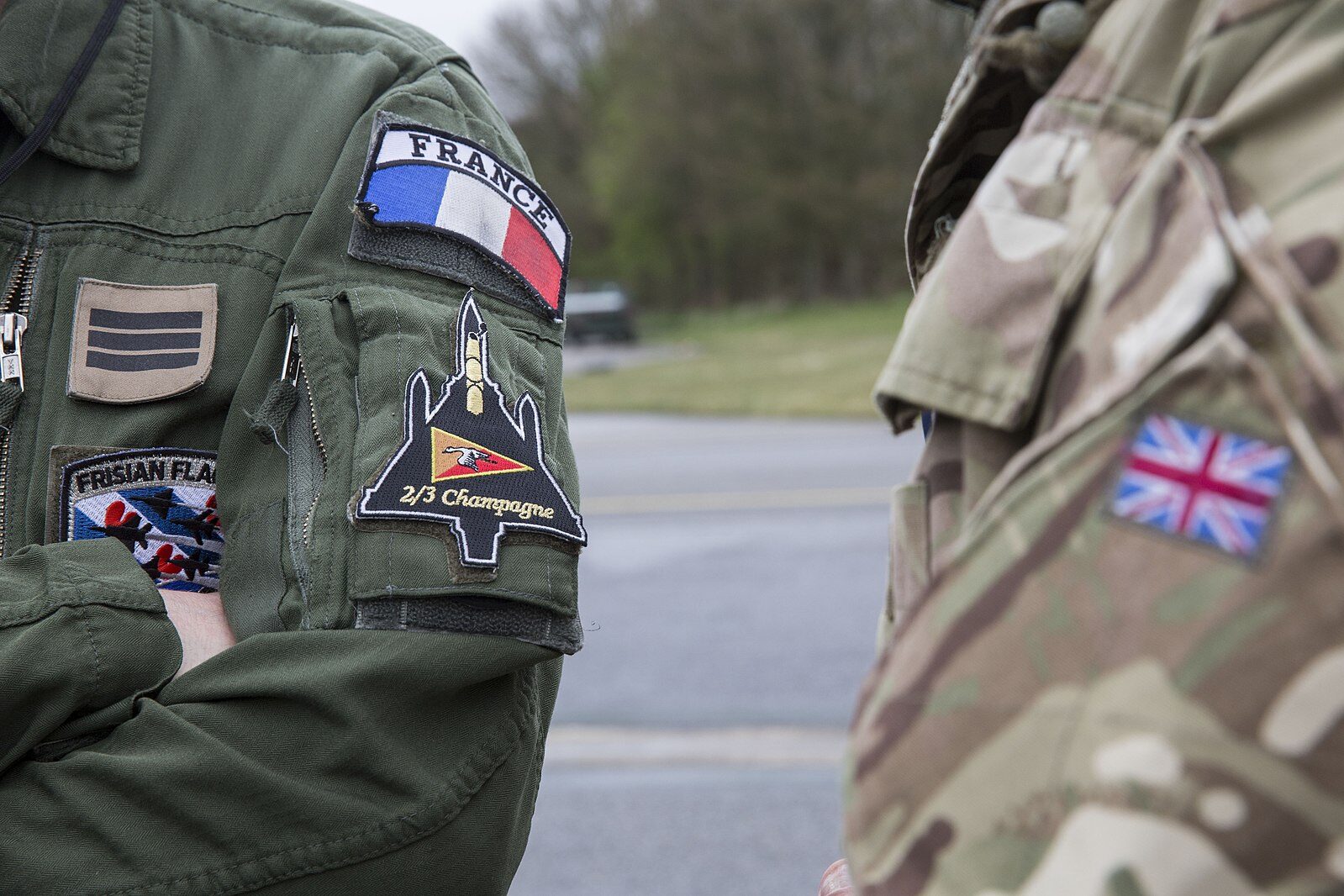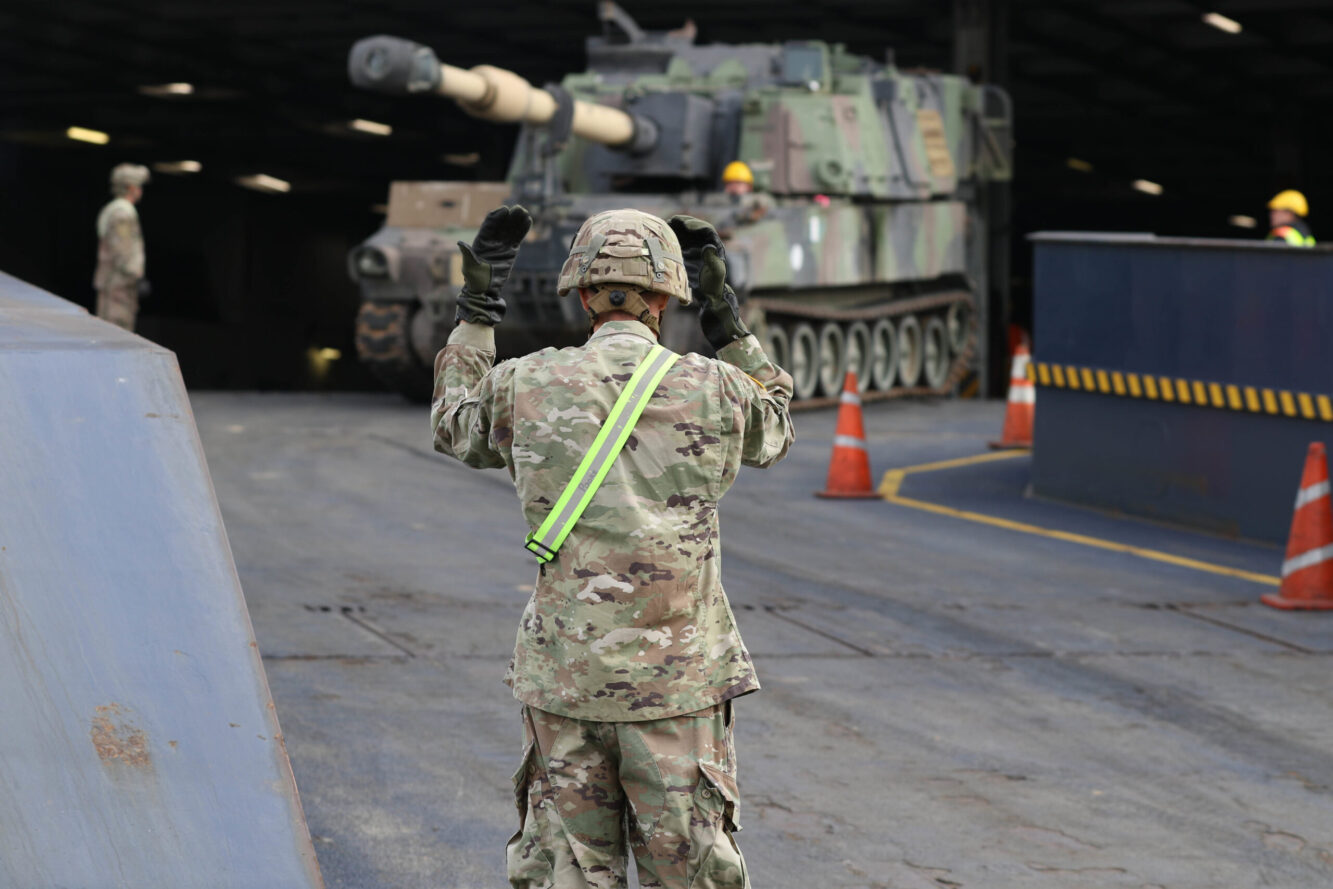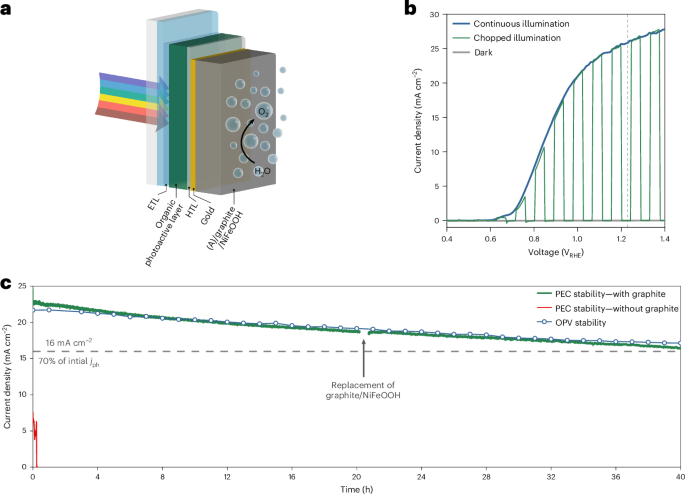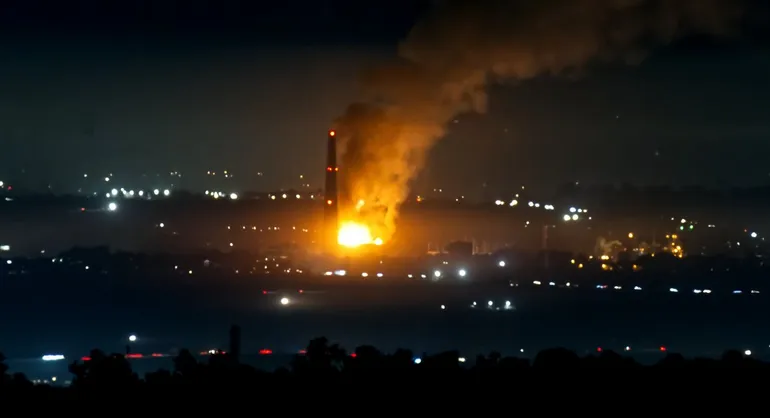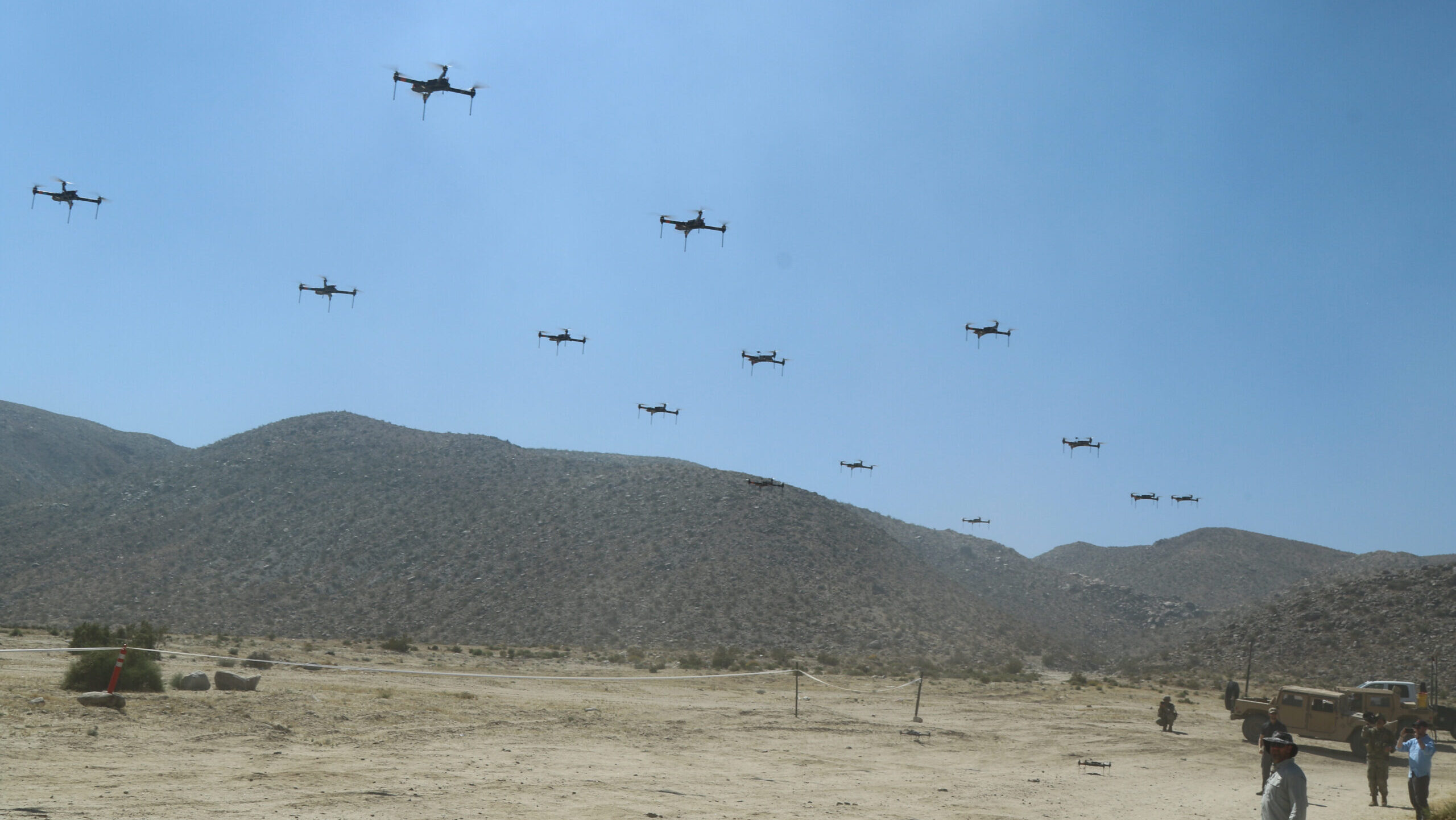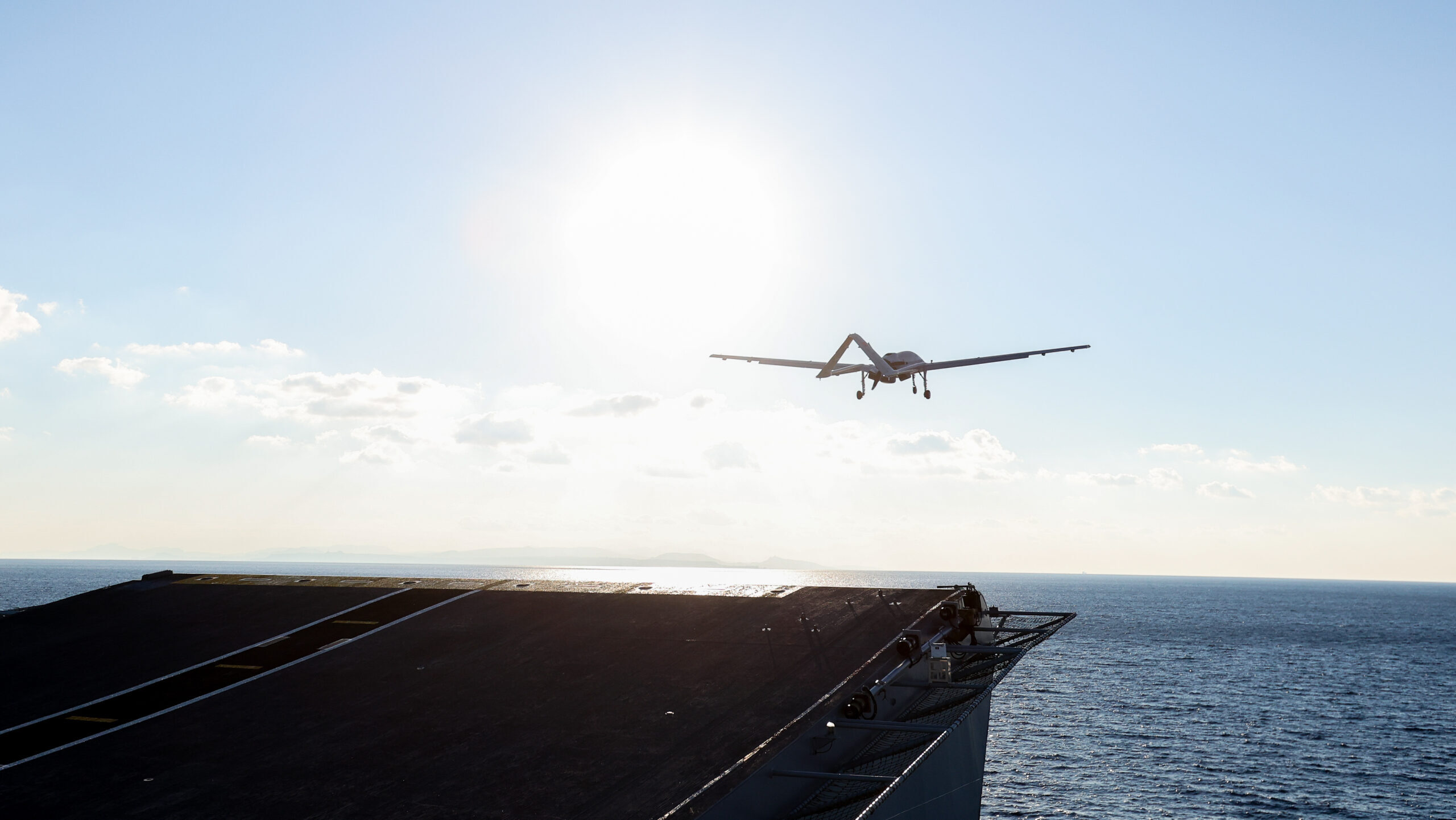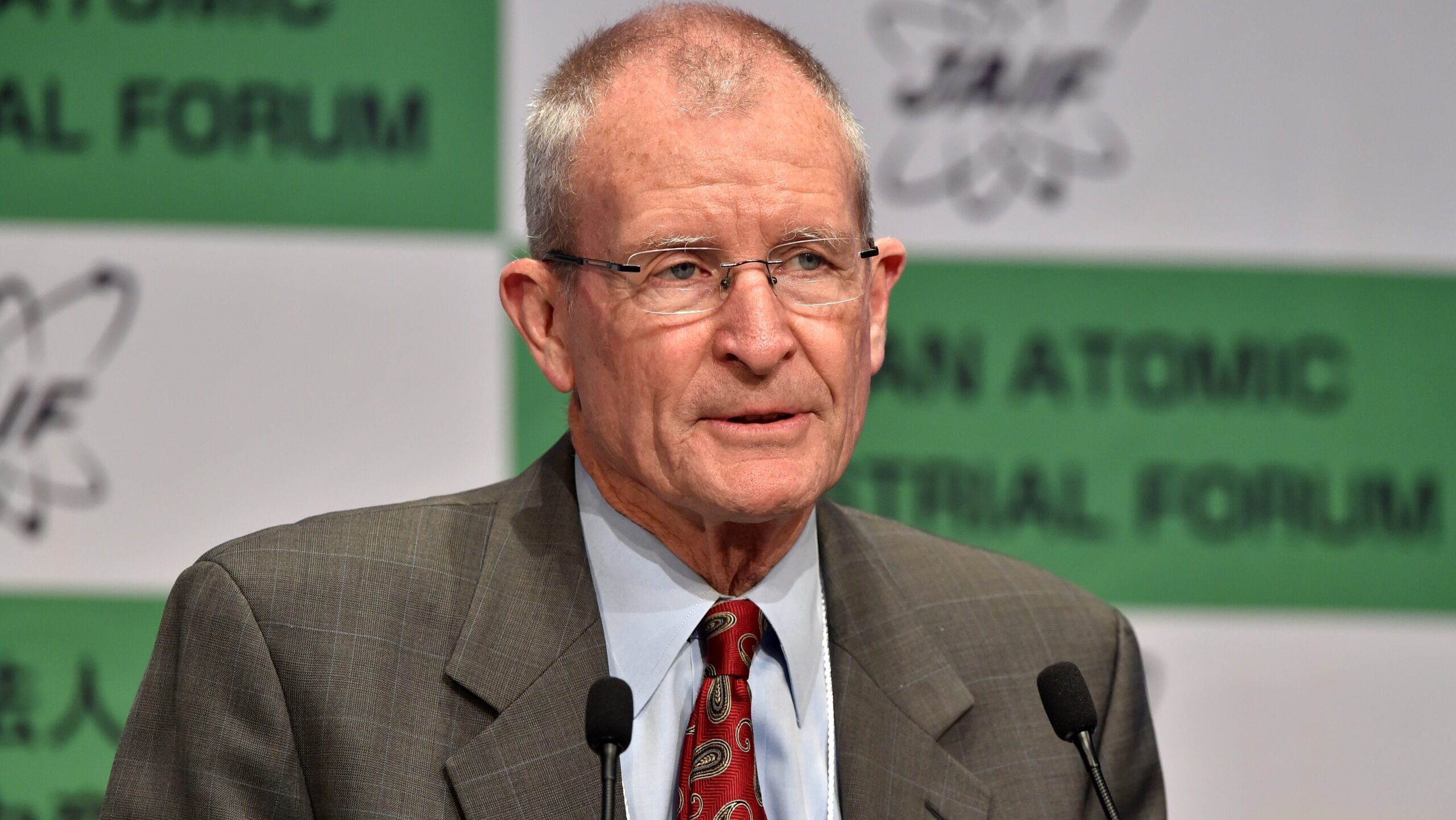During Indo-Pacific tour Hegseth rallies Japan and Philippines, pledges ‘shift,’ cooperation
The Trump administration would “truly prioritize and shift to this region of the world in a way that is unprecedented. Today, it’s the Philippines. Tomorrow, it’s Japan. It will be Australia and South Korea and other nations in this part of the world,” Defense Secretary Pete Hegseth said.
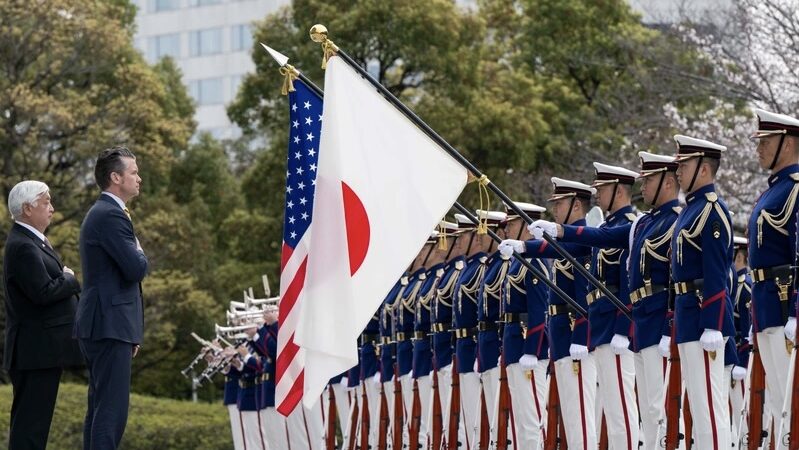

US Defense Secretary Pete Hegseth and Japanese Defense Minister Gen Nakatani pay respects to both countries flags during a welcome ceremony at the Japanese Defense Ministry of Defense in Tokyo March 30, 2025. (Photo by U.S. Air Force Senior Airman Madelyn Keech)
SYDNEY — Declaring that “America first does not mean America alone,” US Defense Secretary Pete Hegseth heaped praise on Japan, declaring in Tokyo on a swing through the Indo-Pacific that Japan is “our indispensable partner” in “deterring communist Chinese military aggression.”
More broadly, Hegseth made clear at a Friday press conference in Manila with Philippine Defense Secretary Gilberto Teodoro that these moves are part of what experts have long called the Pacific pivot, much promised and much delayed.
The Trump administration would “truly prioritize and shift to this region of the world in a way that is unprecedented. Today, it’s the Philippines. Tomorrow, it’s Japan. It will be Australia and South Korea and other nations in this part of the world,” Hegseth said.
Though Japan has not been spared the Trump administration’s threats of aggressive tariffs, Hegseth’s comments during his first visit to the region seemed to mark a stark divide between how the Pentagon views its NATO allies in Europe and how it views treaty allies in the Pacific. In the now infamous Signal chat detailing America’s plans to strike Houthis in Yemen, Hegseth told National Security Advisor Michael Waltz that he shared “your loathing of European free-loading. It’s PATHETIC.”
In contrast, during his tour Hegseth recommitted America to transforming US Forces Japan to a combined operational commander in Japan, noting that the command would become a “war-fighting headquarters.” Today it is an administrative command, designed to maintain the largest overseas commitment of US forces, at least 50,000 troops.
Hegseth said the new command would increase “our readiness to respond to contingency or crisis, support US operations and help Japan and US forces defend this territory.” Japan created a joint operations command last week to work with the Americans and other allies.
There had been reports that the increase in authority and operational command for US Forces Japan would be axed, but Hegseth’s declarations made clear that was not the case. The Biden administration had made the original commitment to upgrade the command.
Hegseth, who attended a memorial service to commemorate the battle of Iwo Jima, praised Japanese and US forces who struggled through one of the bloodiest battles of the Pacific. He noted that today “America’s warriors stand shoulder to shoulder everyday with their Japan Self Defense Force counterparts.”
Beside the fact that Japan is very close to Taiwan, is a key ally helping to constrain North Korea and works closely with US treaty allies Australia, South Korea and the Philippines, Tokyo is en route to doubling its defense spending and is committed to buying or co-producing large quantities of US weapons.
In the press conference with Hegseth, Japanese Defense Minister Gen Nakatani noted that the two countries will “complement each other through co-development, co-production, co-sustainment and other initiatives, especially the stable delivery of missiles, is crucial for both sides.
“Under the framework of defense industrial cooperation, acquisition and sustainment forum, DICAS for short, we affirm to expedite efforts to start co-production of advanced mid-range air to air Missile or AMRAAM, as early as we can in action,” Nakatani said. “And I conveyed my intention to pursue the possibility of co-production of surface-to-air missile SM-6 as well.”
Hegseth had flown to Tokyo from Manila, where he declared that the US intends to send additional capabilities to the Philippine military, including the Navy-Marine Expeditionary Ship Interdiction System, or NMESIS. First announced in 2021, it is a system of mobile precision strike batteries, missiles mounted on the chassis of a Joint Light Tactical Vehicle that can be operated remotely.
These and unmanned surface vehicles will be provided by the US for Balikatan, the most prominent annual military exercise between the U.S. and the Philippines.
“These systems will enable U.S. forces and the Armed Forces of the Philippines to train together on using advanced capabilities to defend the Philippines’ sovereignty,” Hegseth said. The two allies will also pursue industrial cooperation on several fronts, according to a joint statement [PDF]:
- Unmanned systems
- Ammunition components/energetics
- Critical minerals
- Logistics support
- Ship maintenance and repair
- Airspace integration
- Additive manufacturing
- Aircraft maintenance and repair
- System components and spare parts production
The two countries will also work to make all cyber systems used by them to reduce cyber vulnerabilities across the U.S.-Philippines alliance, as well as increase cybersecurity to allow more advanced operational cooperation.






































































